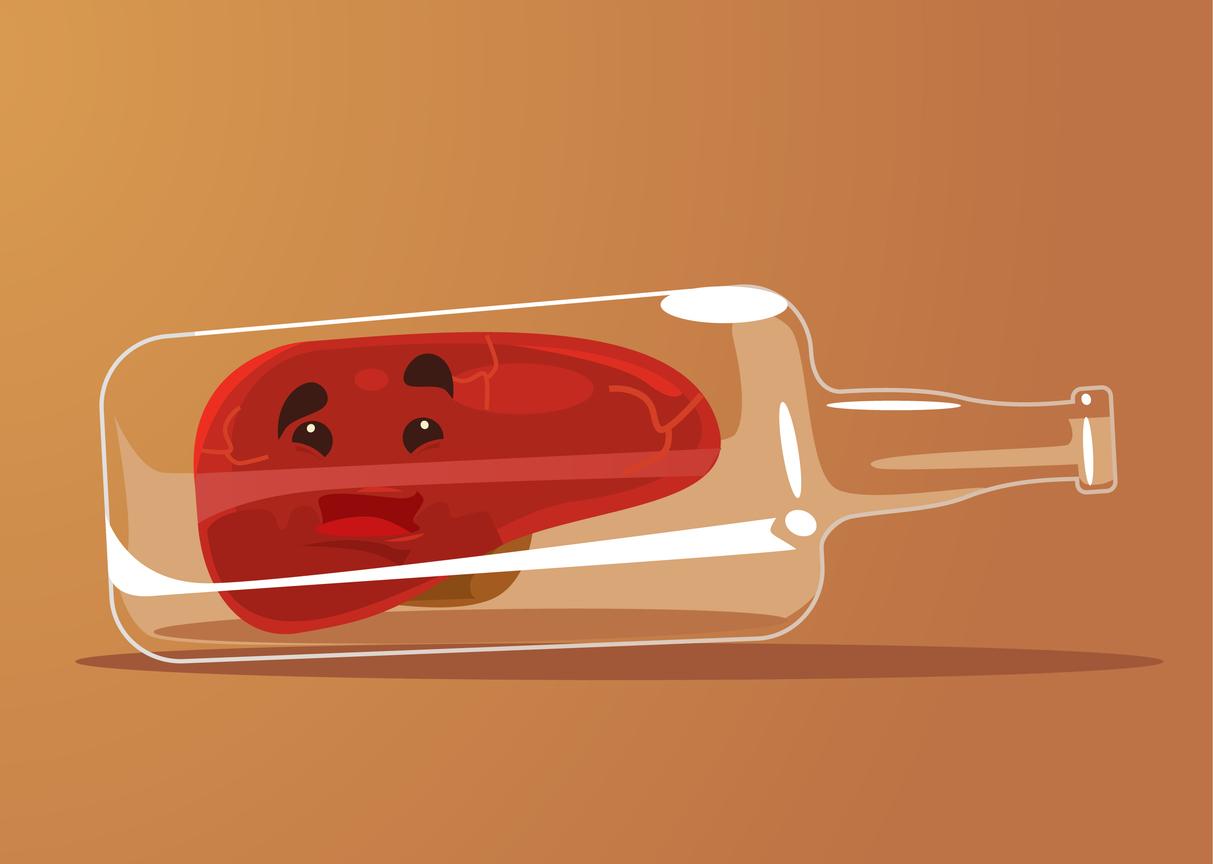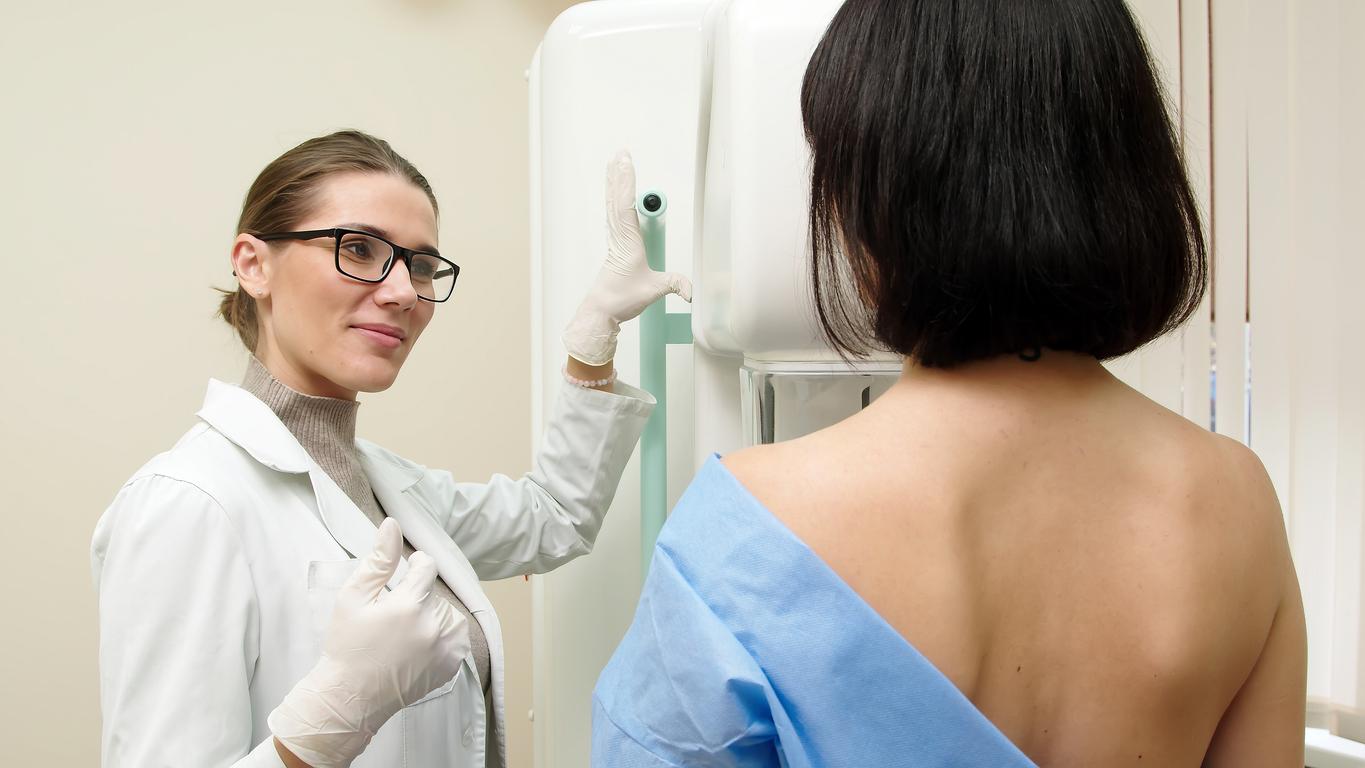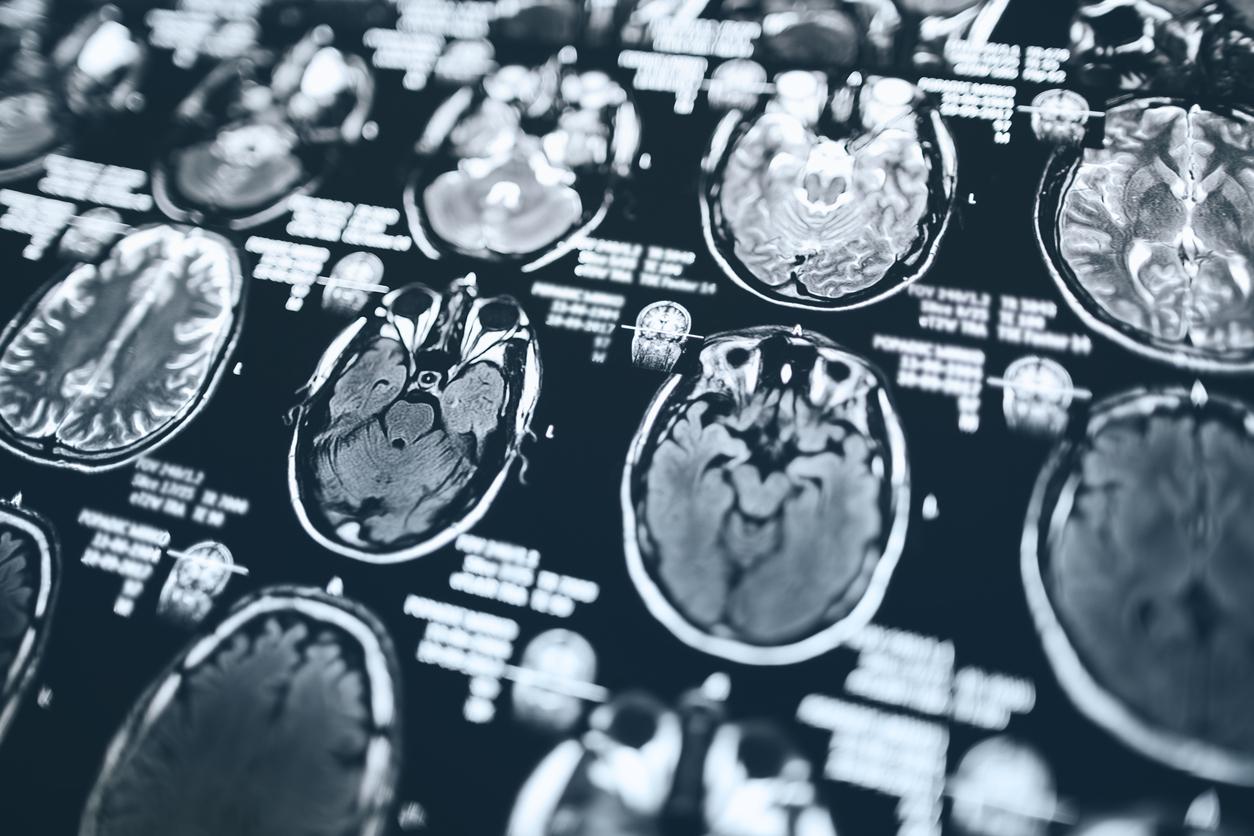- What is liver cancer?
- What are the causes and risk factors?
- What are the first symptoms of liver cancer?
- What are the stages (diagnosis)?
- What treatments?
- What prognosis and life expectancy in 2022?
- Can liver cancer be prevented?
What is liver cancer?
THE primary liver cancer consists of the presence a cancerous tumor in the liver, an organ that is part of the digestive system. THE secondary liver cancer corresponds to the localization of cancer cells from another organ (metastases). Metastases are the primary cause of malignant liver tumors.
The main primary liver cancer is hepatocellular carcinoma (80% of cases). Hepatocellular carcinoma arises in hepatocytes, the main cells of the liver. The second most common primary liver cancer is cholangiocarcinoma which develops from bile cells (cholangiocytes).
In 2018, there were 10,580 new cases of primary liver cancer (PFC), 80% of which were in men. The incidence of this cancer has almost tripled since 1990. “This is explained by the fact that liver cancer develops in the majority of cases on a chronic liver disease, yet chronic liver diseases, in particular dysmetabolic, linked to obesity and diabetes, are on the increase. and also because screening for this cancer at an early stage has been developed by ultrasound in people who have cirrhosis. The more we look for this cancer, the more we find”, explains Dr Cindy Neuzillet, medical oncologist at the Institut Curie, responsible for the digestive pathway at the Saint-Cloud site.
What are the causes and risk factors?
Hepatocellular carcinoma almost always follows an underlying chronic liver disease called cirrhosis. The most common causes of cirrhosis are:
- excessive alcohol consumption,
- obesity (accumulation of fat in liver cells) and diabetes,
- chronic hepatitis B and hepatitis C virus infections,
- and genetic iron overload (hemochromatosis).
- Smoking also increases the risk factor for primary liver cancer.
What are the first symptoms of liver cancer?
Liver cancer is a cancer that remains asymptomatic for a long time hence the importance of monitoring in people with cirrhosis. Symptoms often occur quite late, hence the often quite late diagnosis of this cancer. “For this cancer to speak, the liver tumor must be large. The liver being an organ that is not innervated except at the level of its capsule, the tumor therefore only causes pain when it is large or comes to the surface. liver, at an advanced stage, informs Dr. Cindy Neuzillet. Liver cancer at an already advanced stage can be signaled by non-specific symptoms, common to all cancers: fatigue with loss of appetite and weight, or by decompensation of cirrhosis. says Dr. Neuzillet.
What are the stages (diagnosis)?
Primary liver cancer is considered after the discovery of a hepatic nodule on ultrasound, or on the occasion of symptoms in the event of an advanced tumour. Helical CT scan and MRI are the two reference examinations for diagnosing liver cancer. An extension assessment is carried out (abdomino-pelvic scan and chest scan) to see if the cancer has metastasized. A clinical and blood test evaluation of the functioning of the liver is also carried out in order to decide on the treatment. “The treatment of liver cancer takes into account the underlying liver disease and not just the extension of the tumor”, explains Dr. Cindy Neuzillet.
That is why liver cancer is classified into 5 stages according to the BCLC (Barcellona Clinic Liver Cancer) classification:
- stage 0 (early stage): cirrhosis classified as child A and nodule less than 2 cm,
- stage A : cirrhosis classified child A or B, with a nodule of more than 2 cm or 2 to 3 nodules of less than 3 cm,
- stage B (intermediate stage): cirrhosis classified child A or B, with more than 3 nodules,
- stage C (advanced stage): multi-nodular cirrhosis not accessible to chemoembolization and/or with lymph nodes or metastases,
- stage D : symptomatic stage and therefore very advanced.
What treatments?
In case of hepatocellular carcinoma in cirrhotic liver, liver transplantation is the best treatment because it treats the cancer and the underlying liver disease, but it is only possible in a minority of patients because of the shortage of grafts. The other curative treatments are surgery (partial hepatectomy in the event of preserved liver function) and percutaneous tumor ablation by radiofrequency essentially in the event of a contraindication to surgery.
When the cancer is at an incurable stage, palliative treatments are based on intrahepatic arterial chemoembolization if the disease has not spread outside the liver. “This consists of doing chemotherapy through the arteries and blocking the arteries that go to the tumor to prevent it from feeding”, explains Dr. Cindy Neuzillet. “When the tumor is too large to perform chemoembolization, we use immunotherapies or anti-angiogenics or a combination of these two treatments”informs the doctor.
“Cholangiocarcinomas are treated differently, mainly by chemotherapy in the advanced stages, which can be combined with immunotherapy; some forms can also be treated with targeted therapies. These treatments represent progress in the management of these cancers. “, says Dr. Neuzillet.
What prognosis and life expectancy in 2022?
“This cancer remains a cancer with a poor prognosis. This means that the 5-year survival rate for people with the disease is less than 30%. It is 18% in men and 19% in women for patients diagnosed between 2010 and 2015. Compared to 1990 data, this rate has tripled but it remains very low”, informs Dr. Jean-Baptiste Méric, oncologist and director of the public health and care center of the National Cancer Institute.
“However, immunotherapy and anti-angiogenic treatments have improved patient survival and quality of life because these treatments are generally quite well tolerated”, says Dr. Cindy Neuzillet. Patients with liver cancer classified as stage 0 and A now have a 70 to 80% survival at 5 years due to advances in screening. “In 70% of cases, after surgery or radiofrequency treatment, liver cancer recur because the underlying chronic liver disease is still present”, says Dr. Neuzillet.
Can liver cancer be prevented?
“77% of liver cancers diagnosed each year are linked to avoidable risk factors, warns Dr. Jean-Baptiste Méric. It is possible to guard against it by limiting alcohol consumption (alcohol is the cause of 4,300 liver cancers each year). Whether for liver cancer or for other cancers (alcohol is responsible for 8 cancer sites), it is recommended to reduce alcohol consumption (no more than 2 glasses of alcohol per day and not every day) to reduce the risk of cancer.
“In case of excessive alcohol consumption, do not hesitate to speak to your general practitioner so that he can set up liver monitoring”, he indicates. The prevention of liver cancer is also based on the prevention or treatment of viral hepatitis. “There is a vaccine against hepatitis B and treatments that can cure hepatitis C in a few months, informs Dr. Neuzillet. In the prevention of liver cancer, you must also control your weight and have regular physical activity. “, she advises.
People with cirrhosis of the liver may benefit from ultrasound monitoring every 6 monthswhich makes it possible to diagnose hepatocellular carcinoma of the liver at a curable stage in more than 70% of cases.
Sources:
- Interview with Dr Cindy Neuzillet, medical oncologist at the Institut Curie, responsible for the digestive pathway at the Saint-Cloud site.
- Brochure Liver cancers, ARC Foundation
- Leaflet Liver cancer, European Society for Medical Oncology
- Report – Volume 1 – Solid tumors – National estimates of cancer incidence and mortality in metropolitan France between 1990 and 2018, National Cancer Institute, July 2019
- Survival of people with cancer in metropolitan France 1989-2018- Summary of results: solid tumors and hematological malignancies, National Cancer Institute, July 2021
Read also:
- Soon a new treatment against liver cancer?
- The 9 Foods Your Liver Doesn’t Like
- Pancreatic cancer: symptoms, causes, prognosis
















